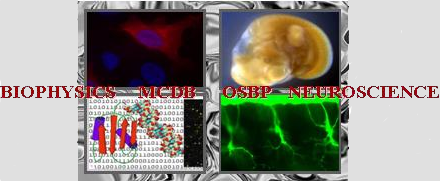Poster abstracts
Poster number 51 submitted by Yogesh Budhathoki
Project OsteoCAR, Building a Comprehensive Resource for Cell Type Annotation and Transcriptomic Exploration of Osteosarcoma
Yogesh Budhathoki (Ohio State University, Nationwide Childrens Hospital), Matthew Cannon (Nationwide Childrens Hospital), Amy Gross (Nationwide Childrens Hospital), Anand Patel (St. Jude Childrens Research Hospital), Troy A. McEachron (National Institutes of Health), Matthew Gust (Nationwide Childrens Hospital)
Abstract:
Our work aims to create OsteoCAR (Osteosarcoma Cell Type Annotation Reference), a reliable single-cell reference dataset incorporating a comprehensive understanding of heterogeneity within the primary and metastatic microenvironments across patients and animal models. The strength of this project lies in compiling, annotating, and analyzing an enormous cross-species dataset that we and others can leverage to explore specific aspects of osteosarcoma biology.
Through a collaborative effort, we have assembled a unified dataset containing about 1,000,000 cells from human patients, patient-derived xenografts, key mouse models, and canine patients. The samples come from a diverse cohort of patients and animal models with primary and metastatic lesions. Our analysis pipeline first integrates the dataset per modal and tumor site, then identifies and splits the tumor and stroma cells for downstream analysis, where we annotate the cell types at the granular level utilizing relevant computational analysis.
With these annotations, we have begun systematically evaluating the inter- and intra-tumor heterogeneity and the patterns of host cell composition and phenotype that characterize the primary and metastatic microenvironment across species. Our preliminary results have identified consistent patterns of intra-tumoral heterogeneity that are recurrent and predictable across biological contexts. Some tumor cell subpopulations have immature proliferative stem cell-like features, while others have more differentiated inflammatory or matrix-forming osteoblast- and fibroblast-like phenotypes.
We expect that this resource will be valuable for 1) defining osteosarcoma tumor cell subsets and creating a shared language for discussion of osteosarcoma intra-tumoral heterogeneity, 2) automated assignment of cell types in single-cell and spatial workflows, 3) studying tumor-host interactions within both primary tumors and metastatic lesions, 4) evaluating tumor cell plasticity and the evolution of malignant cells over time, both during metastasis and in response to therapeutic stresses, and 5) translation of single-cell biology across models and species.
Keywords: matastasis, tumoral heterogeneity, xenografts
